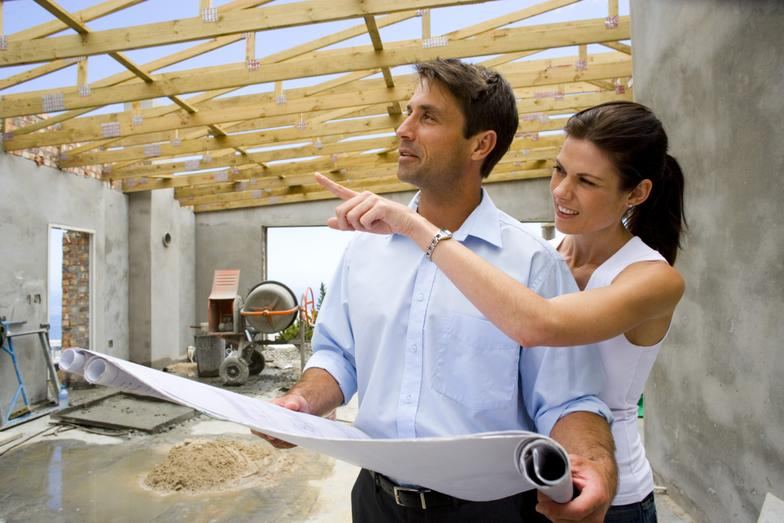It depends… The square footage reported in closed MLS listings depends on so many different things. The information that brokers, appraisers, and many others rely on to determine home values, could be based on one of a dozen or more different methods. There are different requirements in the same county and state, and across the country. The MLS is a huge hodge-podge of square footage reporting rules and regulations. When an appraiser (or an agent) looks at a closed MLS sheet, they typically start with two numbers; the sales price and the size. It’s the same system that has been in use for a century. Nothing has changed; except the level of the “quality” of information within the MLS. And, it’s going in the wrong direction, fast.
Pull up any CMA file and look at the closed sales. Look at the way agents develop an average price-per-square-foot. The facts are that we live in a price-per-square-foot world. It’s just the way agents (and AVM’s) calculate home prices. Ask any agent (or appraiser). Somewhere in their process, they look at this almost magical price-per-square-foot formula. Even on the mandatory URAR appraisal form, the one automatic adjustment at the top of every comparable sale is – the price-per-square-foot.
- On the appraisal form, the price-per-square-foot is determined by dividing the sales price by the GLA – only the above grade finished square footage.
- In most CMA’s the price-per-square-foot is determined by dividing the sales price by the total square footage; being whatever number the agent reports within the MLS closed data. If that number includes the basement, then any price-per-square-foot calculation is way off base. If they use the square footage details from the tax department, the number is almost assured of being inaccurate.
Why is it that the appraisal and the real estate communities don’t get together and find a way to allow appraisers to turn in a square footage total (only the sqft number so no private information)? This one change in MLS would completely revolutionize the quality of the MLS. This is not some secret data that appraisers are holding and refuse to share. They just need permission from the industry leaders and a way to share the data with MLS. Actually, many appraisers already share this data through pre-listing appraisals, sketches, or many appraisers just give the information to the listing agent after they complete the appraisal. Is there any reason why appraisers should not share this information?
In the MLS, Quality In Means Quality Out…
Just think of all the info locked away in appraisers files all across the country; sitting in file cabinets, totally useless to anyone outside of their individual office. If an appraiser has measured a house previously, when they use that house as a comparable sale, they generally use the information they gathered and that they know to be accurate. However, anyone else who uses that sale as a comp uses the information taken from MLS; and there’s no guarantee where that info came from or how accurate it is.
The bottom line is this; appraisers are the best qualified to provide accurate square footage information. MLS needs this information. We all need it to do a good job. Agents and appraisers rely on this data to price real estate. Adding accurate square footage details makes the MLS the data source it once was and was envisioned to be. Today, the MLS is not the system it was developed to be; the information source of the real estate professionals, created exclusively by and for real estate professionals.
